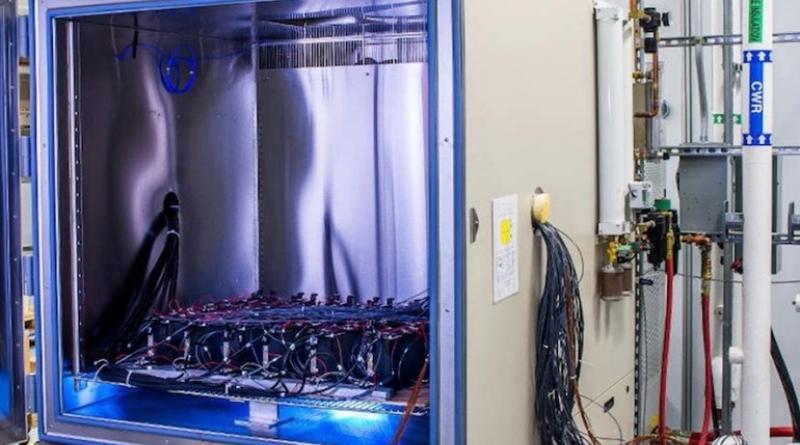DNV GL upgrades battery scorecard.

DNV GL has released an updated version of its battery performance scorecard, which ranks and evaluates of different types of batteries used for energy storage.
The scorecard also provides industry guidelines for developers and operators to ensure systems have been designed to mitigate risks, such as battery fires.
DNV GL said the the results of its product qualification program, which tests a range of batteries, is included in the scorecard.
The key findings of the report include: batteries of similar chemistry have varying sensitivities to degradation; no battery does well in all areas of testing, with most batteries demonstrating a strength in one or more categories; and battery fire safety depends on the quantity of cascading battery cells, ventilation and water as a combined toolkit for managing a fire.
The scorecard also gives several recommendations for the battery storage industry.
These include battery systems should be designed to limit cell-to-cell propagation, use water for fires and ensure combustible gases can be ventilated in a fire emergency.
DNV GL Energy executive vice president North America Richard Barnes said: “The energy storage market is growing, and batteries are a crucial component of the energy transition.
However, to ensure that the increasing number of energy storage projects and battery deployments are safe, reliable and high performing, a robust and independent testing program is foundational to the future of the industry.
“The scorecard will help to accelerate the market, making data about battery safety and performance more transparent and easier to verify with independent reviews.”
DNV GL US energy storage business leader Davion Hill said: “Reliable and independent data about performance, lifetime, and safety have been historically hard to find in the energy storage industry.
“The scorecard provides a roadmap for EPCs, developers, and owners to understand which battery technologies will work best for their project, mitigate risks like performance shortfalls or fire, and ensure that their project achieves its goals.”
6 November 2019
reNEWS.BIZ




